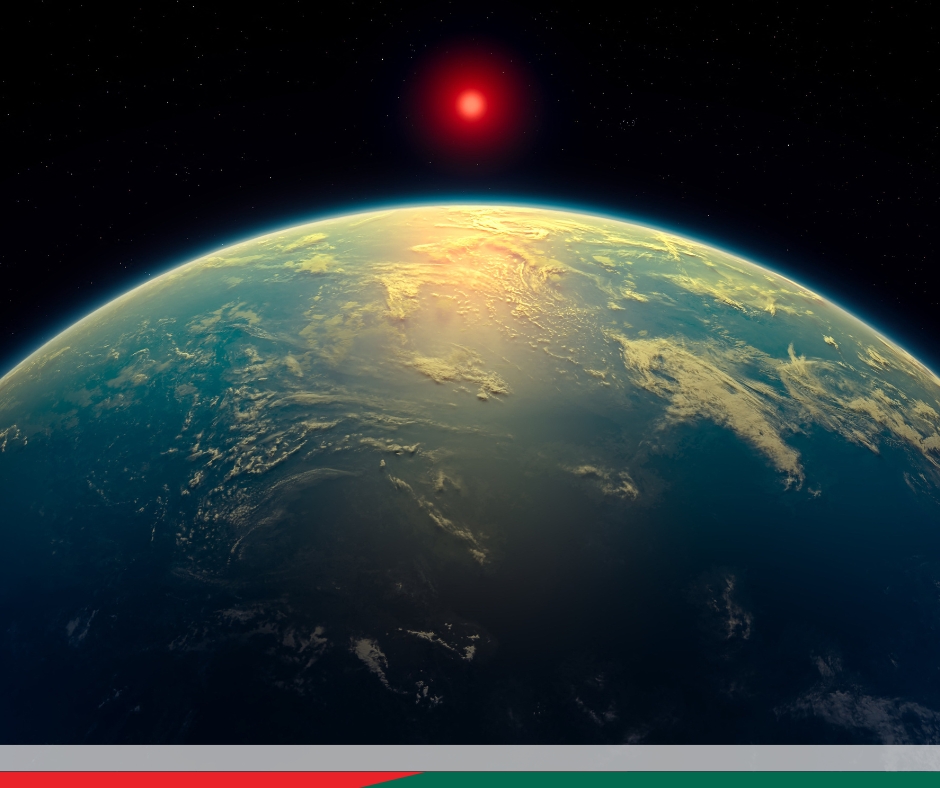Scientists Find Strongest Indication Yet of Life on Distant Planet

A team of scientists has discovered promising, though still uncertain, evidence that a planet far beyond our solar system might host life. Researchers from the University of Cambridge have found molecules in the atmosphere of exoplanet K2-18b that, on Earth, are typically produced by simple living organisms.
Using NASA’s powerful James Webb Space Telescope (JWST), this marks the second and more promising instance of life-related chemical signatures being detected in the planet’s atmosphere. However, both the Cambridge team and independent astronomers emphasize that more data is needed before any firm conclusions can be drawn.
Professor Nikku Madhusudhan, the lead researcher, told the BBC that within one to two years, they may be able to confirm the findings with greater certainty. “This is the strongest evidence yet that there might be life beyond Earth,” he said.
K2-18b is located about 124 light years away (around 700 trillion miles) and is about 2.5 times the size of Earth. Despite the vast distance, the JWST is powerful enough to analyze the planet’s atmosphere by studying how starlight filters through it.
The researchers believe the atmosphere may contain dimethyl sulphide (DMS) and dimethyl disulphide (DMDS)—molecules that, on Earth, are only known to be produced by marine plankton and bacteria. Surprisingly, the amount of gas detected appears to be thousands of times higher than what is found on Earth.
“If this gas truly comes from biological processes, then K2-18b could be teeming with life,” Prof Madhusudhan added.
He went even further, stating that if life is confirmed on this planet, it would suggest that life is likely to be widespread throughout the galaxy. “It would be a landmark moment in science, and in our understanding of our place in the universe,” he said.
Dr Subir Sarkar from Cardiff University, who is part of the research team, suggested the planet could have an ocean beneath its atmosphere—an essential requirement for life—but stressed that scientists are still uncertain.
Despite the excitement, the researchers are cautious. The current findings are not strong enough to be declared a discovery. The confidence level is at 99.7% (known as a three-sigma result), which sounds high, but scientists generally require a five-sigma result (99.9999%) to confirm a discovery.
Even then, doubts would remain. As Prof Catherine Heymans, Scotland’s Astronomer Royal, pointed out, even perfect data cannot definitively prove that the gas has a biological origin. It’s possible that unknown geological processes could be producing these molecules instead.
The Cambridge team agrees. They are working with other scientists to see whether DMS and DMDS could be created through non-living means in lab experiments. “We still have a 0.3% chance this could be a statistical fluke,” Prof Madhusudhan said.
He acknowledged that it’s a bold claim, and one that requires absolute rigor. “We want to be sure the chance of error is less than one in a million,” he said—something he believes can be achieved in one or two years.
Other scientists offer alternative theories. Some say the planet may be covered in molten rock, not water, which would rule out life. Others argue it could be a mini gas giant with no solid surface at all. These theories, too, are being challenged by competing interpretations of the JWST data.
Prof Chris Lintott, host of The Sky at Night, praised the Cambridge team but urged caution: “We’ve had moments like this before in the search for life.” He believes this research should be seen as part of a broader effort to understand the cosmos.
Despite the debate, Prof Madhusudhan remains hopeful. “Decades from now, we might look back at this moment as the time when the idea of a living universe became real,” he said. “This could be the tipping point—where we finally move closer to answering the age-old question: are we alone?”
The study has been published in The Astrophysical Journal Letters.





